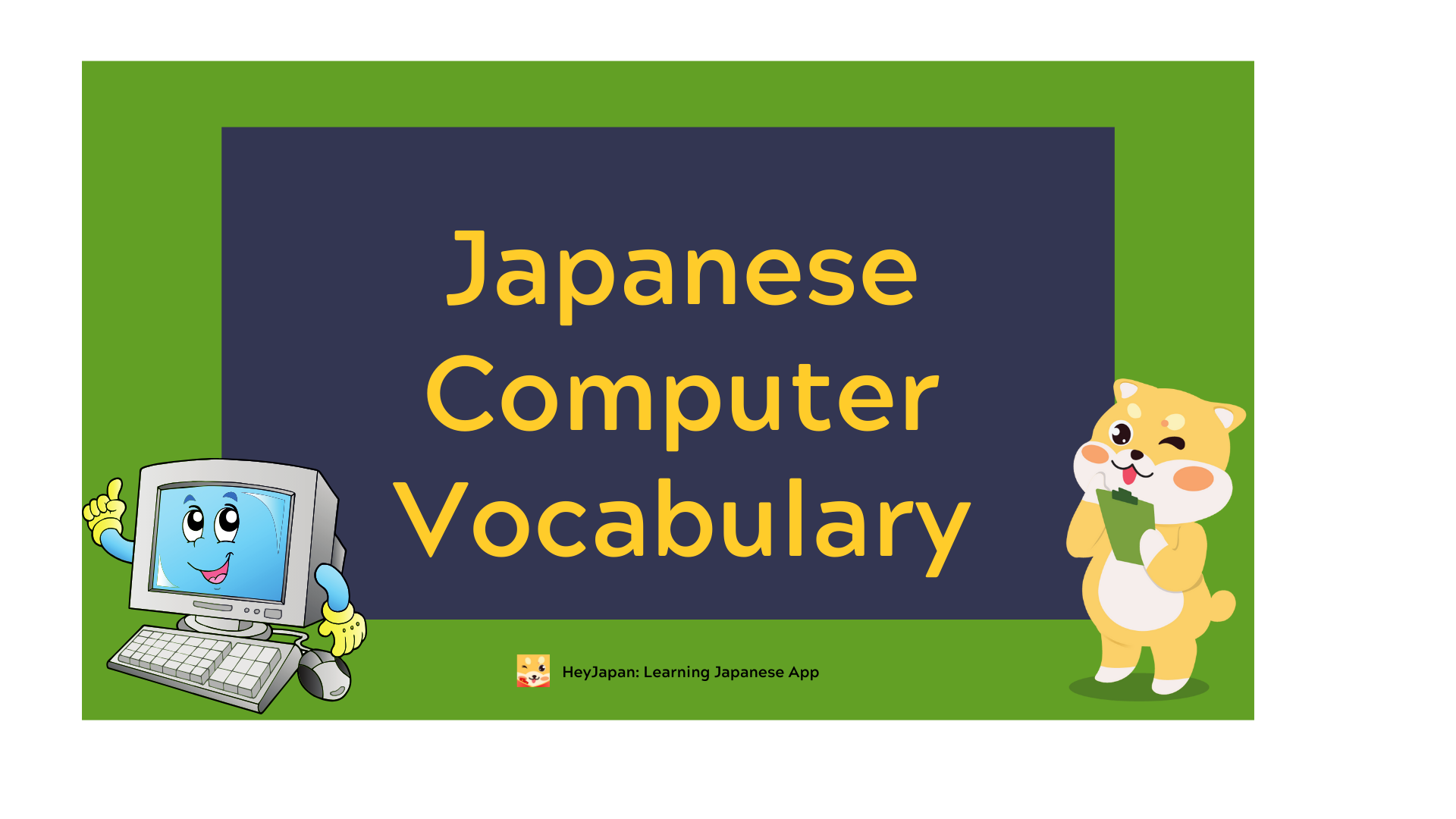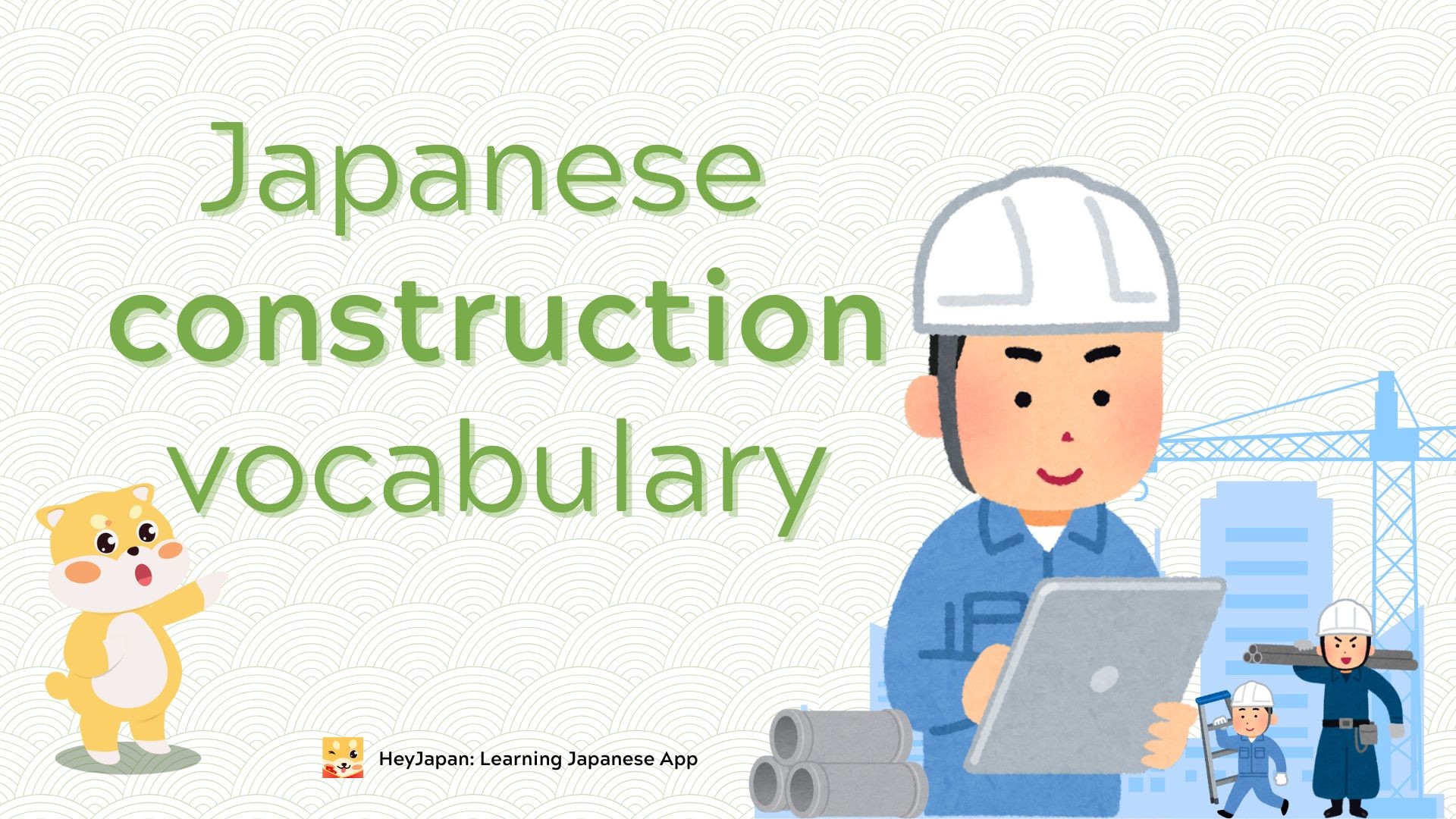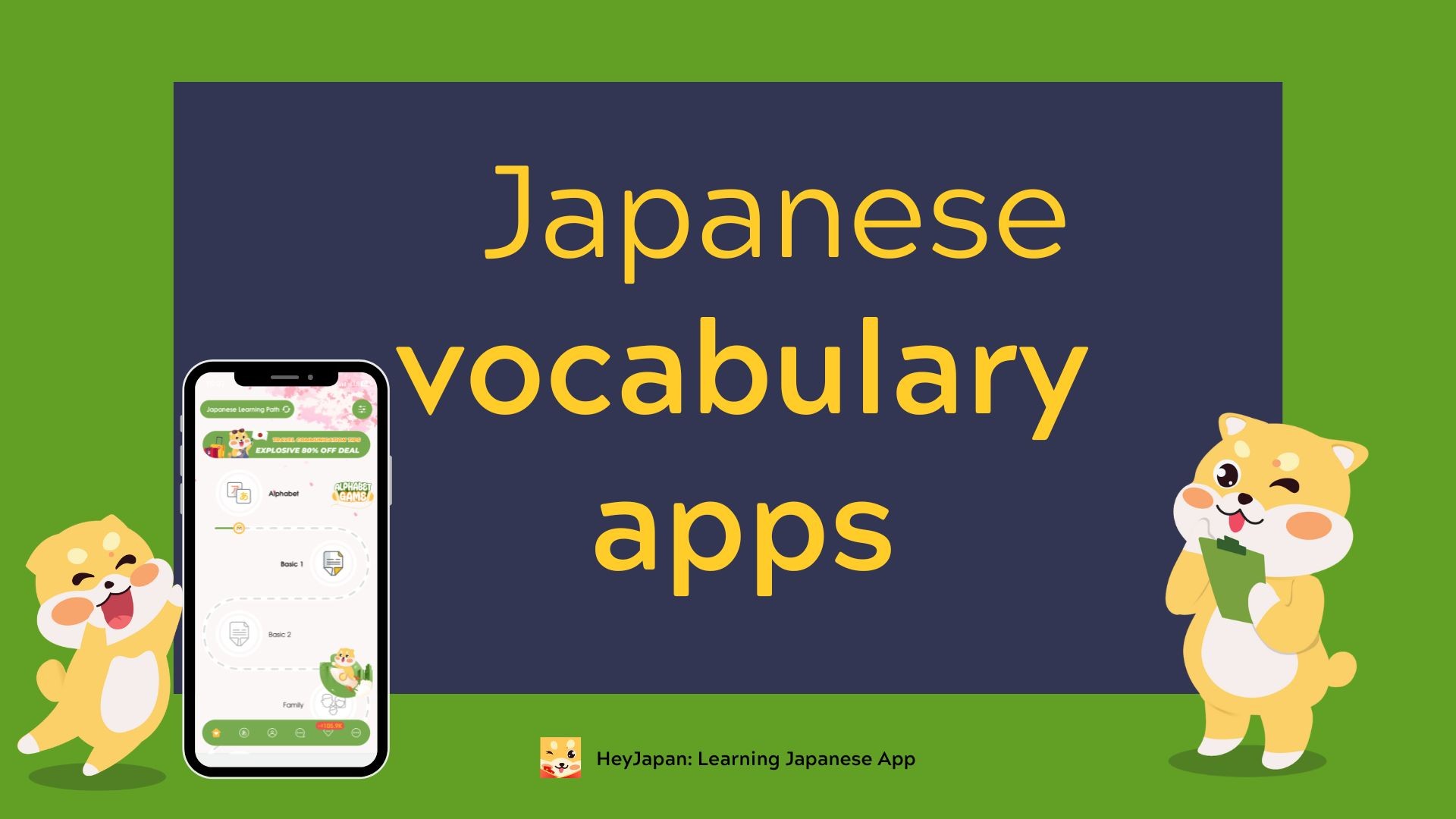- Inappropriate Self-Study Japanese Materials
- Learning Too Quickly
- Passive in Speaking Japanese
- Studying Alone
- Learning Japanese Only to Pass the JLPT
- Uneven Skill Distribution
- Conclusion
Self-studying basic Japanese at home is a popular choice for many language enthusiasts. However, to effectively learn Japanese, it's crucial to avoid some common mistakes. In this article, HeyJapan will share the typical errors people make when self-studying basic Japanese at home, along with tips and experiences to help you avoid making the same mistakes.
Inappropriate Self-Study Japanese Materials
One of the most fundamental mistakes many people make when starting to self-study basic Japanese is choosing materials that are not suited to their level and learning objectives. Selecting inappropriate materials can lead to frustration and hinder progress when beginning to self-study Japanese at home.
Choosing Inappropriate Japanese Self-Study Materials for Home Use
So, where should beginners start and what materials should they choose?
- Assess Your Current Japanese Level: Are you a complete beginner, have you studied basic Japanese, or do you have advanced knowledge? By understanding your current level, you can outline a suitable self-study plan for learning Japanese at home.
- Determine Your Learning Goals: Do you want to learn Japanese for basic communication, studying abroad, passing the JLPT, or for work purposes?
- Refer to Reviews from Others: Look for reviews online or seek opinions from those with experience in self-studying basic Japanese.
For beginners, it's recommended to choose foundational textbooks such as:
- Minna no Nihongo: This is the most widely used basic Japanese self-study textbook today. It is not only commonly used in universities and Japanese language centers but also serves as an essential guide for beginners.
- Marugoto: This textbook focuses on developing Japanese communication skills, allowing you to apply what you've learned in real-life situations.
- Nakama de Nihongo: This book uses a thematic communication-based learning approach, making Japanese learning interesting and effective.
Below is a comparison chart of the contents of these three books:
|
Criteria |
Minna no Nihongo |
Marugoto |
Nakama de Nihongo |
|
Advantages |
Provides a solid foundation in grammar and vocabulary. |
Offers a diverse range of materials, supporting the development of listening, speaking, reading, and writing skills. |
Comes with online learning software accompanying the textbook, aiding in review and practice. |
|
Disadvantages |
Does not fully cover all language skills (focuses on vocabulary and grammar). |
The material can be difficult for beginners to grasp. |
Focuses heavily on listening and speaking skills, with less emphasis on reading and writing. |
|
Target Audience |
Suitable for all learners from basic to intermediate levels. |
Suitable for all learners, but beginners may need teacher support. |
Suitable for university students and learners aiming to improve their Japanese proficiency. |
|
Trình độ học |
Basic to intermediate. |
Basic to advanced. |
Basic to intermediate. |
In addition to textbooks, you can also refer to online resources such as the NHK World-Japan website, reputable YouTube channels for learning Japanese, or Japanese learning apps like HeyJapan, Duolingo, etc.
Learning Too Quickly
Self-studying basic Japanese is a process that requires a high level of persistence. Many learners, in their eagerness to see quick results, study at an excessively fast pace, leading to ineffective knowledge absorption.
Take the time to thoroughly study each section, solidifying your foundational Japanese knowledge before moving on to more advanced lessons.
Learning Too Quickly, Failing to Retain Japanese Knowledge
You can break down your learning goals to make them more achievable. Instead of trying to learn everything in a short period, divide your study goals into smaller parts. For example, you could aim to complete one grammar lesson in a week or learn 10 new vocabulary words each day.
For beginners, it's essential to follow a structured learning plan divided into levels to support your study process. You can refer to available study plans shared on YouTube or follow the learning pathways provided by Japanese learning apps like HeyJapan, which offers detailed plans for all levels. Additionally, maintaining regular study and review habits is key to effectively self-studying Japanese from the beginning. Consistent review helps you apply the knowledge you've learned in real-life situations.
Passive in Speaking Japanese
Self-studying basic Japanese isn't just about memorizing vocabulary and grammar; it also requires practicing communication skills. However, many self-learners are quite passive when it comes to speaking Japanese, making it difficult to apply their knowledge in real-life situations. Here are some effective ways to practice speaking Japanese:
- Find Study Partners: Joining online or offline Japanese language clubs can boost your motivation and give you the opportunity to practice speaking with fellow enthusiasts.
- Use Japanese Learning Apps: Many Japanese learning apps, such as HelloTalk, iTalki, HeyJapan, etc., offer speaking practice features, allowing you to practice speaking Japanese anytime.
- Seek Opportunities to Communicate with Native Speakers: Participate in cultural exchange programs, find Japanese friends on social media, or join Japanese language courses with native teachers.
Studying Alone
Self-studying Japanese alone can make you feel isolated and easily discouraged. Joining online or offline Japanese study groups can increase your motivation and provide opportunities to exchange knowledge and experiences with fellow learners.
Benefits of Joining Japanese Study Groups:
- Increased Motivation: Studying with others gives you extra motivation to learn and improve.
- Knowledge and Experience Exchange: Participating in Japanese study groups allows you to exchange knowledge and experiences with other learners, helping you learn new and useful things.
- Problem-Solving: When facing difficulties in your studies, you can seek help from group members.
- Creating a Fun Learning Environment: Learning in a fun and comfortable environment is a crucial factor in better knowledge absorption.
Group Study is an Effective Way to Self-Study Basic Japanese
Learning Japanese Only to Pass the JLPT
The JLPT (Japanese Language Proficiency Test) is a well-respected certification of Japanese language ability. However, learning solely to pass the JLPT without truly understanding and using Japanese in daily life can be a mistake. This approach might prevent you from applying your Japanese knowledge in real-world situations. Many learners focus only on memorizing structures and vocabulary to pass the test without fully grasping their meanings. This test-focused learning can result in a lack of practical Japanese skills, especially in communication.
Learning Japanese Only for the JLPT Exam
Uneven Skill Distribution
Self-studying basic Japanese requires attention to all four skills: listening, speaking, reading, and writing. However, many learners concentrate on a few skills while neglecting others. This can lead to an imbalanced proficiency, where you may excel in reading comprehension but struggle with communication, writing, or listening skills. To develop a well-rounded ability in Japanese, allocate regular time to practice all four skills:
- Create a Specific Study Plan for All Four Skills: Dedicate time each day to practice listening, speaking, reading, and writing.
- Consistent Practice Across All Four Skills: Regular practice helps you develop evenly across all skills.
- Choose Appropriate Materials and Methods for Each Skill: There are many different resources and learning methods for Japanese. Select those that best suit each skill to maximize your learning effectiveness.
Conclusion
Self-studying Japanese for beginners is a long journey requiring patience and effort. To effectively self-study basic Japanese, avoid common mistakes such as choosing inappropriate materials, learning too quickly, being passive in speaking Japanese, studying alone, learning only to pass the JLPT, and unevenly distributing your practice among the skills. By doing so, you can make efficient progress and gain confidence in using Japanese. Good luck!









